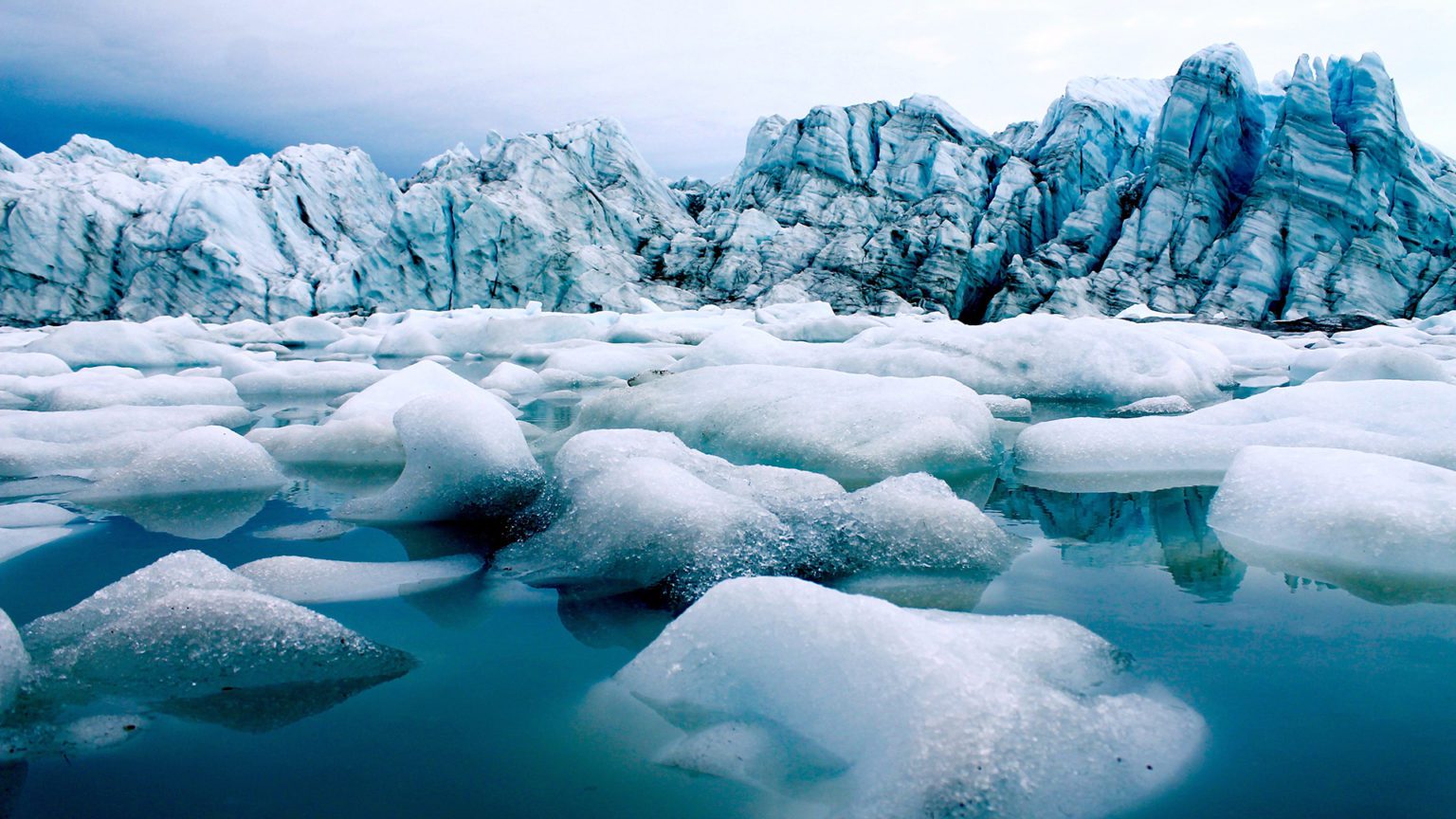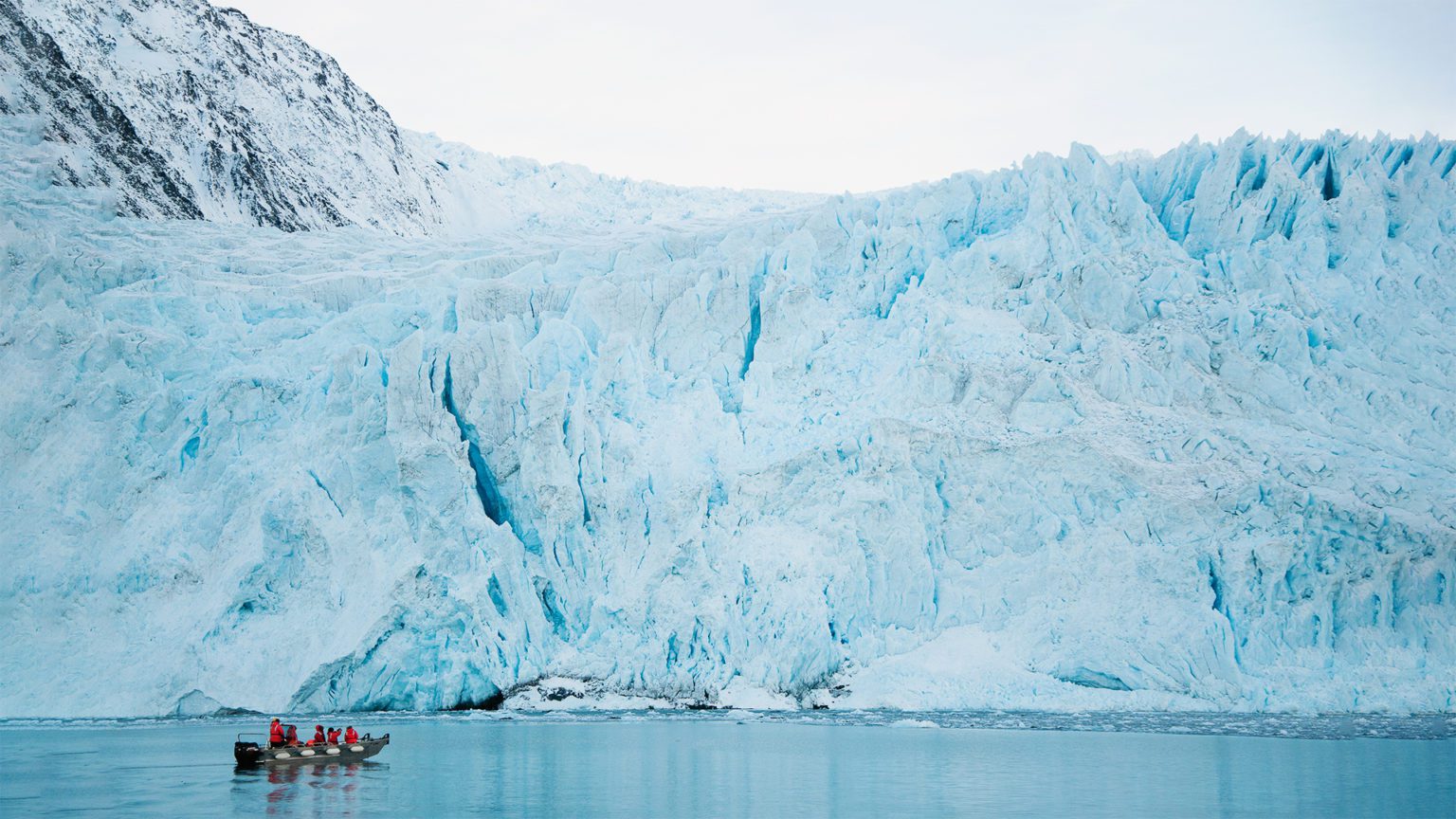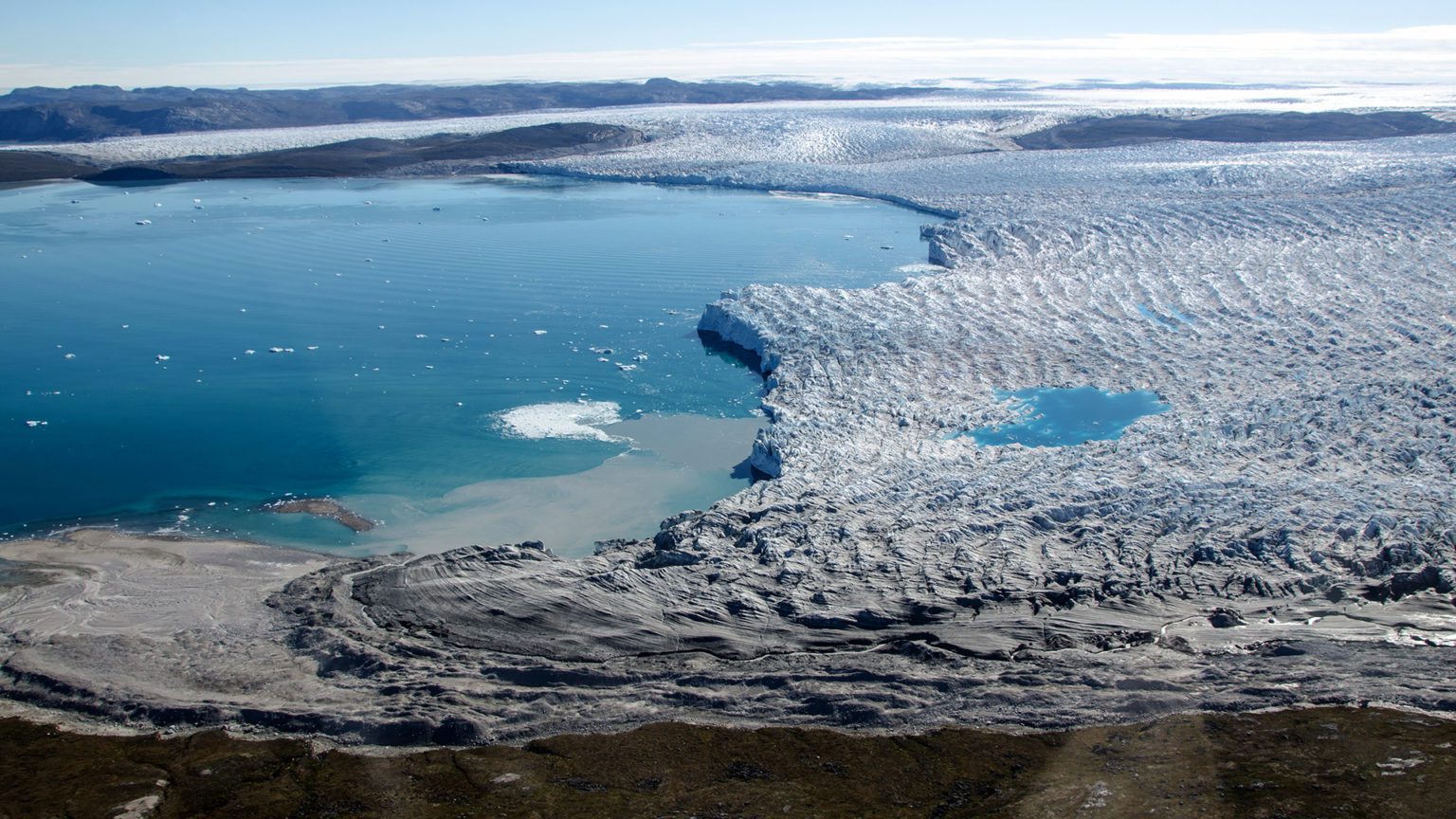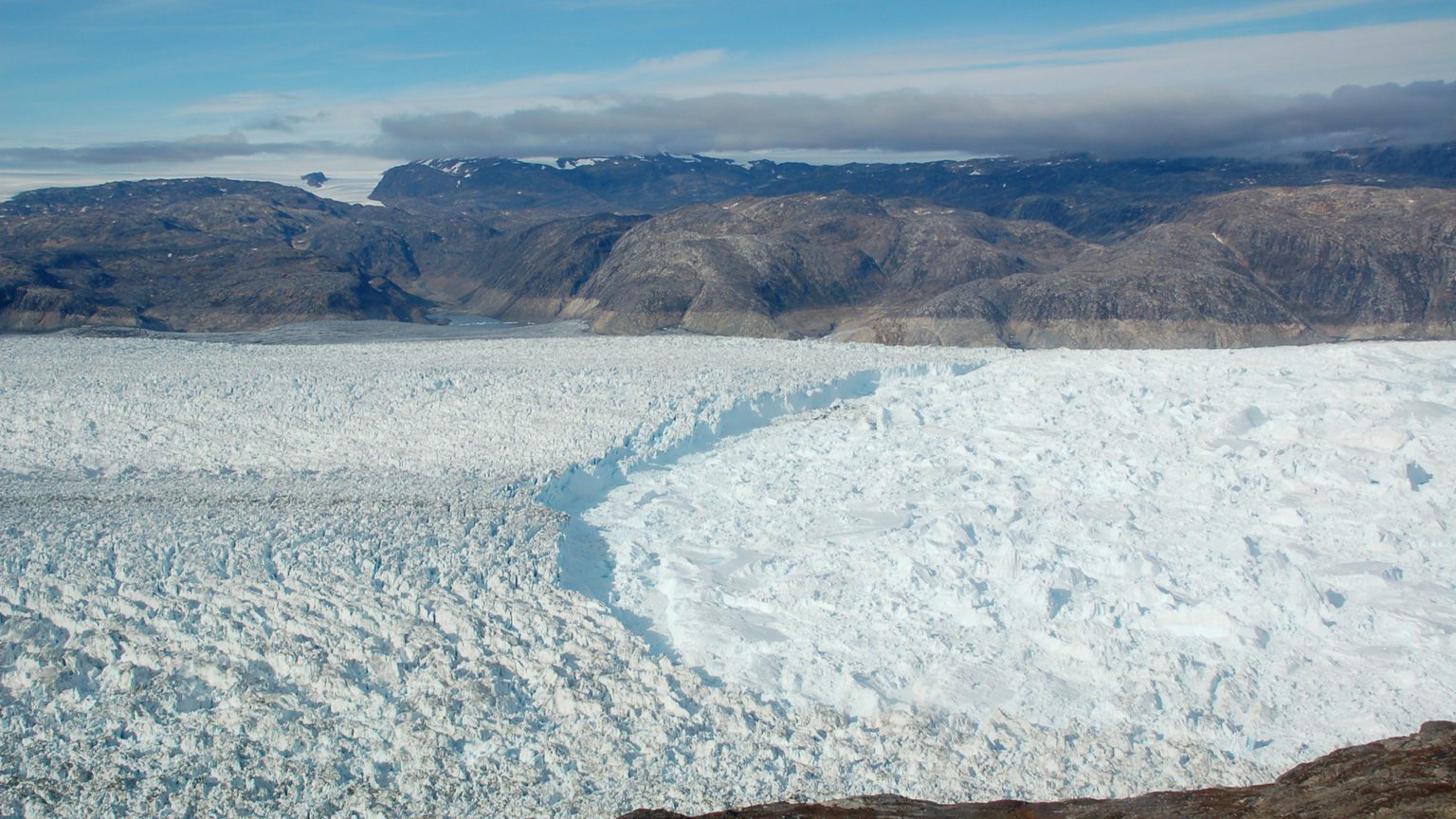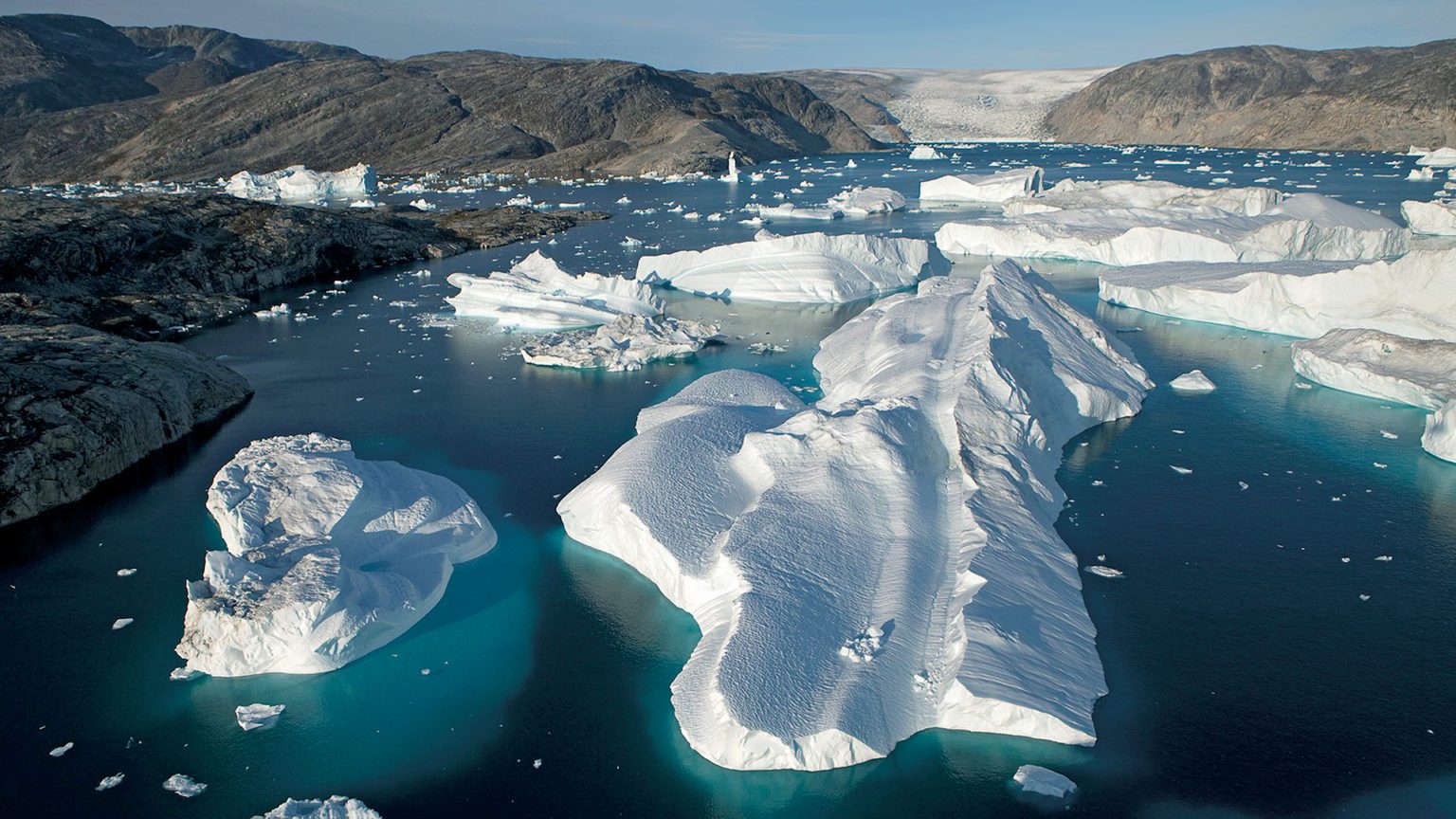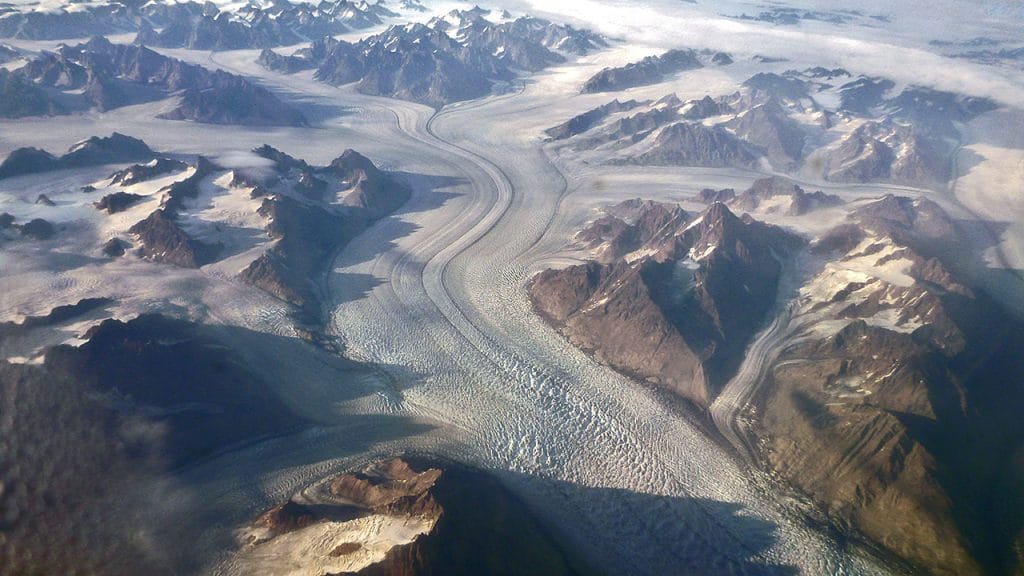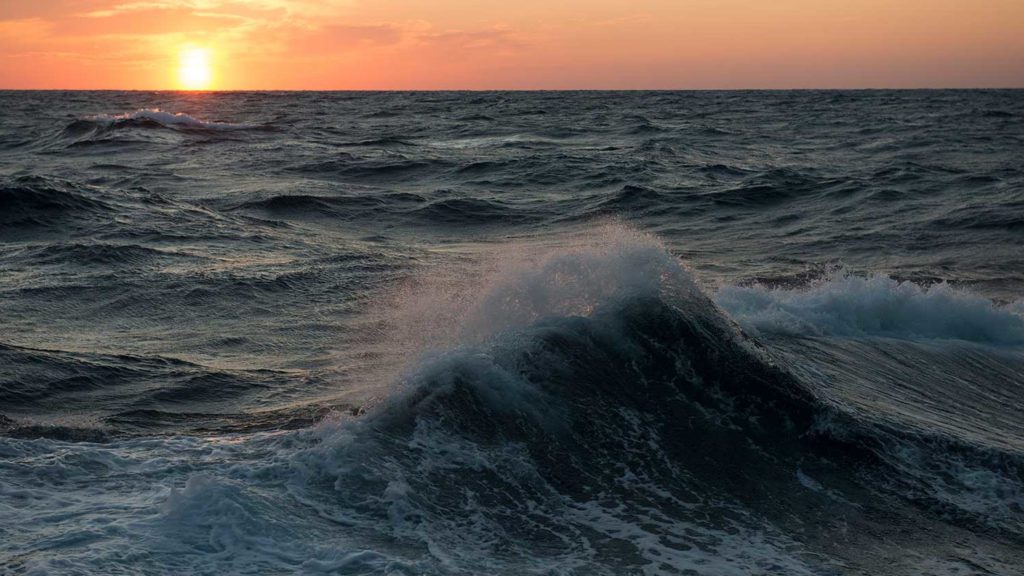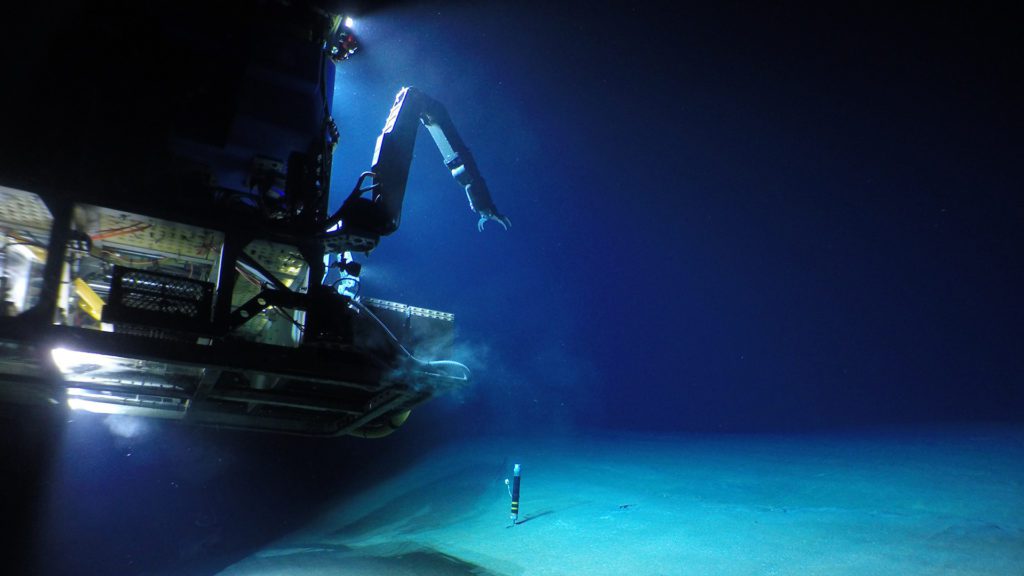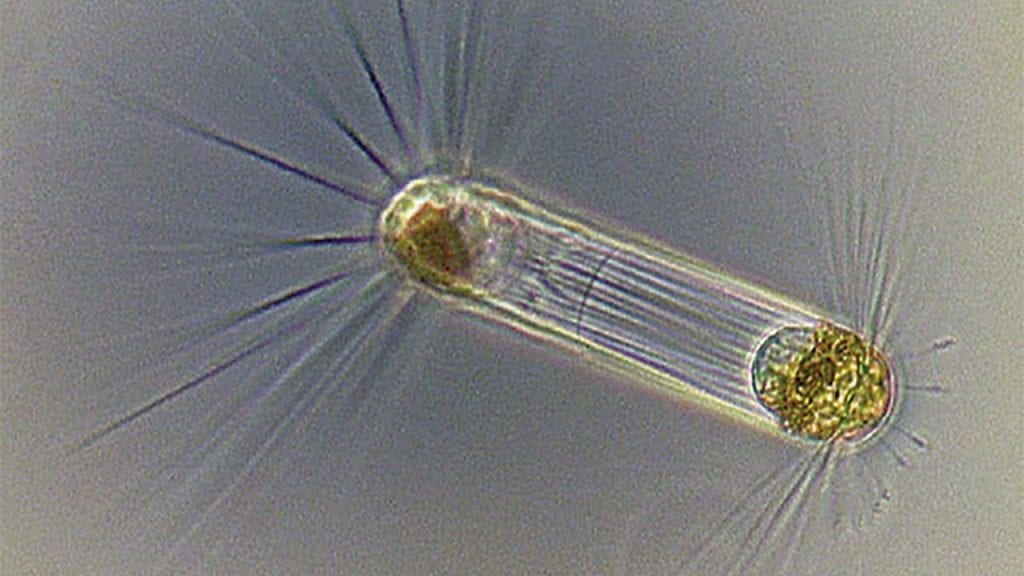In places where it gets cold and snowy in winter, many meters of snow can fall. In some the following winter, adding a new layer to what was already there. Over hundreds to thousands of years, this process creates big sheets of ice called glaciers. Glaciers are found in the Arctic and Antarctic. They’re also common high in the mountains, even those close to the equator. Oddly enough, glacial ice is considered metamorphic rock!
The ice in glaciers starts off as individual snowflakes, which are themselves tiny, six-sided crystals of ice. As snowflakes form in a cloud, water molecules grab on to those sides (called facets). This is how facets grow the delicate branches that give snowflakes their distinctive look. When snowflakes collect on the ground, they trap air between them. This is what makes freshly fallen snow so fluffy. But as more snow falls, the bottom layers get squashed together.
As layer upon layer is added, the weight of the ice becomes heavy. It squeezes out the pockets of air. When the pressure becomes great enough, it presses the snowflakes together, causing them to transform into larger ice crystals. This process is called metamorphosis. The new crystals that form are larger and denser than snowflakes. Some can grow to the size of a baseball. The transformation turns the snow into a solid field of ice.
Because the ice changes from one solid form (snowflakes) to another (ice crystals), it is considered metamorphic rock. It’s the same process that forms other types of metamorphic rock. All metamorphic rock forms when pressure or heat changes solid rock from one form into new, denser type. This shift happens as minerals (in this case ice) rearrange to create new crystalline forms. The key for glacial ice is that it doesn’t change to liquid water during this transition.
Glaciers are called rivers of ice because they flow downhill. Once the ice gets to be about 50 meters (165 feet) thick, it starts to move. Gravity pulls on the heavy sheet of ice, slowly dragging it down the slope. How quickly it moves depends on how steep the slope is. Just like a bike, it moves faster down steep hills. It also depends on how heavy the ice is. The thicker—and heavier—the ice sheet, the faster it moves. Glacial movement ebbs and flows from one year to the next. The fastest-moving glacier ever recorded is the Kutiah Glacier in Pakistan. In 1953, it traveled about 112 meters (367 feet) a day.
LEARN MORE
Glaciers & Ice Sheets
Glaciers are large ice masses created by snowfall that has transformed into ice and compressed over the course of many years. An ice sheet is a mass of glacial land ice extending more than 20,000 square miles.
How do glaciers affect sea level rise?
Sea levels have risen and fallen throughout geologic history due to a myriad of natural processes, most notably the forming and melting of glaciers.
National Geographic Society. Ice Sheet. https://www.nationalgeographic.org/encyclopedia/ice-sheet/
National Snow & Ice Data Center. Facts about glaciers. https://nsidc.org/cryosphere/glaciers/quickfacts.html
NOAA. SciJinks. How do snowflakes form? https://scijinks.gov/snowflakes/
USGS. How old is glacier ice? https://www.usgs.gov/faqs/how-old-glacier-ice
USGS. Is glacier ice a type of rock? https://www.usgs.gov/faqs/glacier-ice-type-rock
USGS. What are metamorphic rocks? https://www.usgs.gov/faqs/what-are-metamorphic-rocks
DIVE INTO MORE OCEAN FACTS
What is a marine heatwave?
From waning winds to warmer atmospheres, here is the recipe for sudden temperature spikes in our ocean
How is beach sand created?
Beaches can be white, black, green, red and even pink. What creates those different colors? Why is some sand soft and fine, but other types feel rough? Where does beach sand come from, anyway?
How do ocean robots take the pressure?
Find out how engineers build robots to withstand the crushing pressures of the deep sea
Does the ocean produce oxygen?
It’s easy to think of the world’s forests as the planet’s “lungs.” Trees pump out oxygen—the same stuff we breathe in. But does all our breathable air come from just land?



